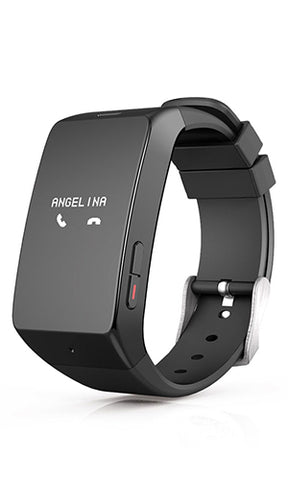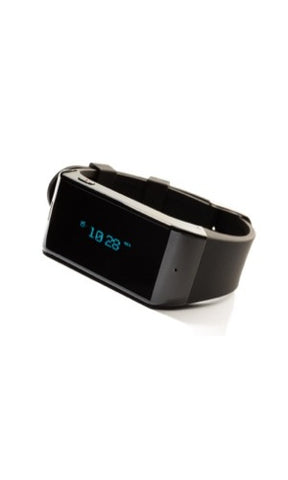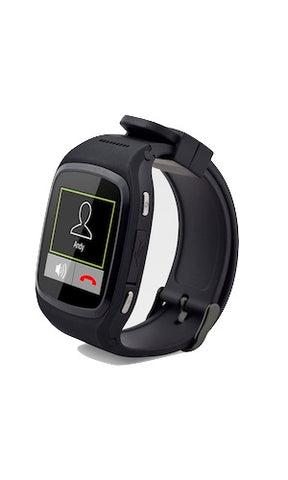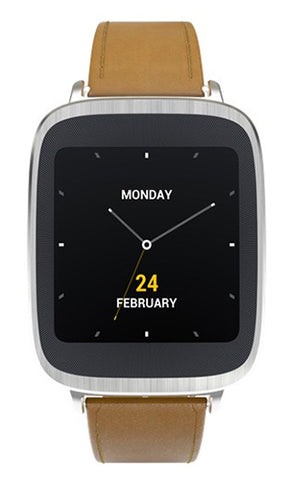Where, how, and why VR headsets will change the world
Written By
Wearables.com
One second I’m sitting at my desk, and the next, I’m staring down at a Ouija board that’s urging me to “R-U-N.”
The lights go out, and all I hear is the haunting song of a neglected child. A flashlight turns on above my head and illuminates the dated, dusty wallpaper in front of me. I sprint through the halls in search of an exit. I turn a corner to find the pale songstress looming over a crib. I should run, but curiosity gets the best of me. I enter the room and crane my neck to get a look at the child’s face. No need. Before I can scream, she appears at the tip of my nose, blood dripping from her empty eye sockets as she ruptures my eardrums with a terrifying shriek.
This is not the retelling of a vivid nightmare (yet). Rather, this was my first time playing Affected: The Manor, a popular horror simulator for the Oculus Rift. For the record, I love haunted houses. As a matter of fact, each October I brave the lines of Austin’s internationally-acclaimed House of Torment. And although the Wall Street Journal calls HoT “20,000-square-feet of terror,” it doesn’t feel nearly as real or traumatizing as the 103-square-inch display of an Oculus Rift.
While my armpits dried and my resting heart rate lowered, it struck me to investigate what other industries are using this type immersive experience. And good news! Haunted mansions aren’t the only places you can explore with a VR headset.
Virtual vacation planning

Whether you’re planning a vacation or seeking a temporary change of scenery, VR headsets allow you to explore the world from the comfort of your own home. Remember your old-school, childhood View-Master? Well, a “reimagined” View-Master is slated to hit shelves sometime this fall.
In collaboration with the Google Cardboard platform, Mattel is turning its 75-year-old stereoscope and 2D film reels into 3D, 360-degree “photospheres.” View-Master’s demo video shows an animated man exploring an animated San Francisco Bay by placing his Android phone inside the updated viewer and focusing on the corresponding disc. Now, imagine for a moment how useful this tool would be in a classroom setting. Teachers could schedule impromptu field trips without the hassle of permission slips or carting around juice boxes all day.
Or what about fiancees in search of the perfect honeymoon destination? Rather than relying on a Google image search to get a sense of their prospective romantic getaway, they could virtually vet locations with a relatively inexpensive headset like the View-Master or the Samsung Gear VR.
This same decision-making process is already being used by aspiring college students.
Higher education tours
Until recently, touring universities meant piling into a car with your parents and suffering through a contradictory mix of collegiate glory stories and stern warnings about the dangers of procrastination and alcohol poisoning. YouVisit, “the global leader in virtual tours,” has removed the aforementioned expense and awkwardness by partnering with more colleges than I have the attention span to count (I gave up somewhere around 50).
With YouVisit’s platform, students can use an Oculus Rift, Samsung Gear VR, Google Cardboard, or Zeiss VR One headset to explore the grounds and buildings of campuses all over the world. Pretty soon, every high school guidance counselor worth their tenure will have one of these wearables at their desks, but this could also be a huge boon for college recruitment departments.
SCAD’s Google Cardboard initiative is a shining example. According to an LA Times article, “The college manufactured 10,000 cardboard headsets, shipped half of them to prospective students, and encouraged them to take virtual tours of its campuses in Savannah, Atlanta, Hong Kong and Lacoste. All a student had to do was fold the flat piece of cardboard to form a headset, load the virtual tour on a smartphone, pop it in and strap it to his or her face.”
The total cost of this effort came to about five dollars a headset, a small price to pay for a school with an approximate tuition of $30,510 a year.
Home buying help

From one of the most expensive decisions you’ll ever make in your life to the next, VR headsets could be vital in determining your dwelling space. Per GeekWire‘s estimation, virtual reality is destined to permanently change real estate. Whether you’re looking for a private residence or a commercial space for your business, VR headsets can provide a walking tour of various properties without the need for disposable shoe covers or a realtor breathing down your neck.
And if you’re ballin’ enough to build your own home or office from scratch, companies like Arch Virtual can “bring your blueprints to life before a shovel ever hits the ground.” With a handful of 3D-renderings and an Oculus Rift, you can yay or nay every building material or interior decoration before the official groundbreaking. Just make sure you see a VR headset next to your entertainment system. Why? See below.
Real-time boadcasting

Business Insider agrees that VR headsets will transform the way we watch sports. Want a courtside seat at the Final Four or an umpire’s view of Wimbledon? For a yet-to-be-determined fee, you’ll be able to put on a VR headset and enjoy the best seat in the house at your favorite sporting event.
The same could easily happen for music festivals or for award shows — or, more significantly, for live news coverage. We’ve all seen horrific images from street riots and battlefields across the globe, but imagine what an impact they would have on public opinion when we feel like we’re actually a part of these harrowing events.
Let’s get real
I know, I know. That last use case may not be as fun as the others I’ve mentioned, but it’s a poignant reminder that virtual reality is serious business. It seems crazy to picture a coffee shop full of Oculus Rift users, but the same thing used to be said about personal computers.
As smartphones get stronger, media content gets richer, and headsets get cheaper (although, it doesn’t get much more inexpensive than Google Cardboard), it’s completely logical to believe a day will come when every smartphone is paired with a VR headset. I just hope it happens before Roger Federer hangs up his racquet.
The post Where, how, and why VR headsets will change the world appeared first on Wearables.com.
Tags: Featured Items, gaming, headgear, Virtual Reality, VR





